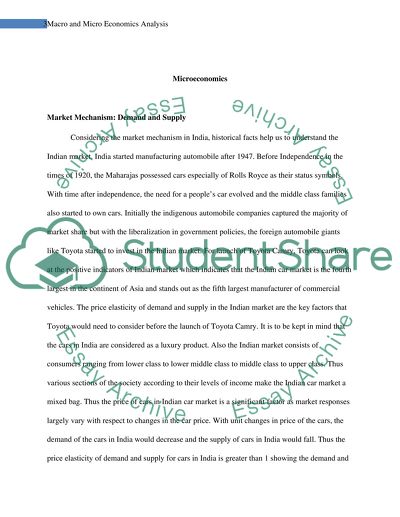Cite this document
(“Macro and micro economics analysis Research Paper”, n.d.)
Macro and micro economics analysis Research Paper. Retrieved from https://studentshare.org/macro-microeconomics/1403862-macro-and-micro-economics-analysis
Macro and micro economics analysis Research Paper. Retrieved from https://studentshare.org/macro-microeconomics/1403862-macro-and-micro-economics-analysis
(Macro and Micro Economics Analysis Research Paper)
Macro and Micro Economics Analysis Research Paper. https://studentshare.org/macro-microeconomics/1403862-macro-and-micro-economics-analysis.
Macro and Micro Economics Analysis Research Paper. https://studentshare.org/macro-microeconomics/1403862-macro-and-micro-economics-analysis.
“Macro and Micro Economics Analysis Research Paper”, n.d. https://studentshare.org/macro-microeconomics/1403862-macro-and-micro-economics-analysis.


